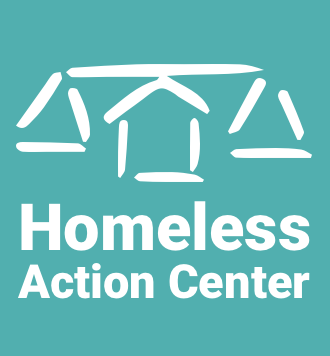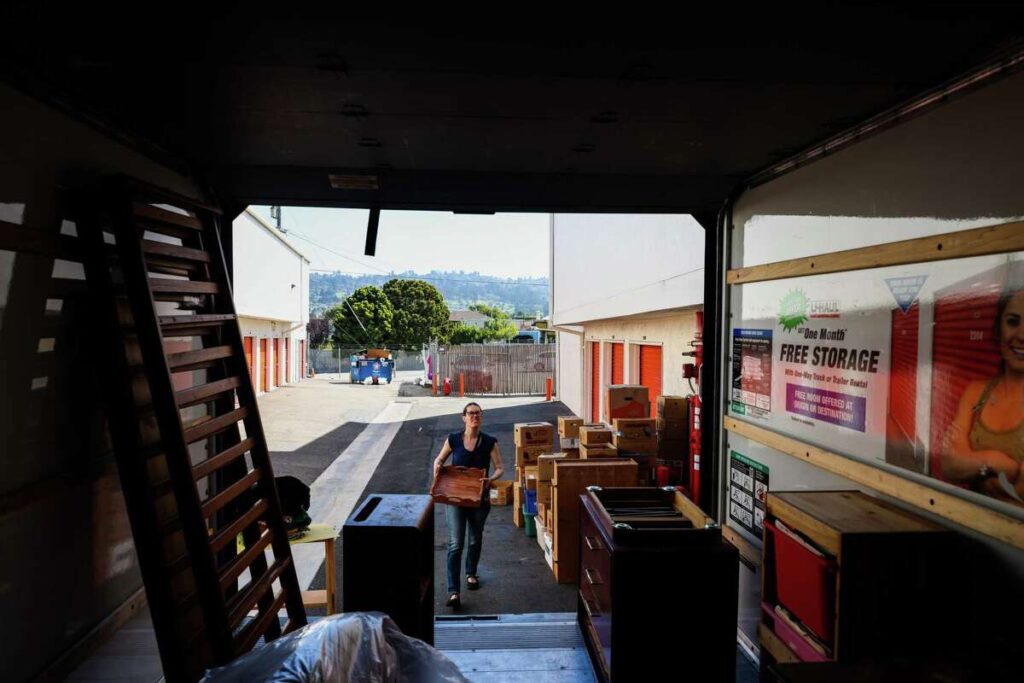San Francisco Chronicle
– by Carolyn Said
Christi Foist was giving up her writing job and her apartment to travel and research an upcoming book. She put all her possessions in a self-storage unit in Richmond, and drove to Alaska with what she could fit in her 1992 Toyota Corolla.
Her initial storage rent of $197 a month, starting in May 2018, was manageable.
But then the rent hikes started. By this fall, rent on the 9-by-10 foot space was up to $308, a 56% increase in five years.
“It was galling,” she said, as she worked with friends to load the contents into a U-Haul to drive it to Alaska. “OK, the Bay Area is expensive. But I looked at rental comps (for price increases of apartments). Is it comparable? No, it is not.”
Rents on nearby apartments grew 6% for studios and one-bedrooms and 9% for two-bedrooms over the same five-year period, according to Zumper.com.
Self storage is booming, benefiting from Americans’ love of stuff and people’s life transitions. The global self storage market is valued at $54 billion, projected to grow a whopping $83.6 billion in 2027, according to Storeganise.com, which tracks the industry.
But the industry is largely unregulated, so owners can raise rates to whatever the market will bear. It’s remarkably “sticky” — the pain of having to rent a truck and schlep your stuff can keep customers as a captive audience.
Moreover, some self-storage users are an even more captive audience: homeless people, who cannot afford rent increases and have nowhere else to store their possessions.
“During the heart of the pandemic there were upwards of 30% annual rent increases,” said Spenser Allaway, a storage analyst at Newport Beach (Orange County) real-estate research firm Green Street. “But there was very little move-out activity because people didn’t want to go to the units for fear of interacting.”
Ordinarily, rent increases for existing customers average around 10% to 12% a year, she said.
The Bay Area is lucrative for the industry, Allaway said. Public Storage of Glendale (Los Angeles County), the nation’s second-largest self-storage company, has 129 units in the Bay Area that rent for an average of $32.60 a square foot, a big bump over its nationwide average of $23 a square foot, she said.
Public Storage, which was Foist’s landlord, did not respond to repeated requests for comment; neither did the Self Storage Association.
Many homeless people use the units to safeguard important papers, possessions from when they were housed, and items they need day to day.
“We have people who drive for Lyft or Uber or Grubhub so their car has to be free of stuff,” said Amy Orgain, senior managing attorney, at the Homeless Action Center of Alameda County. “They sleep in their car at night and basically live out of their storage units.”
Clients often have trouble paying for storage, either because of rate hikes or if their benefits get interrupted, she said.
“People are panicking and will come asking for help,” she said. “They’re really scared their stuff will get destroyed.” Her organization can help with small stipends or by contacting the storage owners and asking for an extension.
In California, storage companies send late notices 14 days after a missed payment. The renter then has another 14 days to pay their arrears. If not, the storage company can lock out the renter and proceed with an auction of the contents.
The only time California regulates self-storage rental fees is during local states of emergency, when they are subject to the same anti-gouging 10% cap on price hikes as other goods and services.
After a job termination and losing her home, DeForest Hancock of San Diego was homeless from 2009 to 2016. She relied on storage units to keep furniture and other possessions. For a few weeks, she even lived in a storage unit. She knew it wasn’t legal but it felt safe, and the manager was understanding.
As time went by, her funds dwindled.
“I got to a place where I simply did not have the money to pay, so they auctioned (my possessions) off,” she said. Losing keepsakes from her parents, family pictures and other treasured possessions was traumatic, she said.
Maria, who lives in her van in Oakland and asked to have her last name withheld for security reasons, has relied on storage throughout years of homelessness, sometimes paying as much as $600 a month to hang on to construction tools and other items. She said she has been devastated by the loss of valued items when she couldn’t pay, and said some storage companies have poor maintenance so her possessions got damaged by water or rodents.
“There are a lot of homeless people who have to put their things somewhere,” she said. “Storage at least helps you be more mobile” because of not having to wheel a shopping cart.
“Storage should be affordable, accessible and safe for people,” Maria said. “Right now it’s exorbitant. We need storage just like we need water, Porta Potties and food — just basic things.”
Acknowledging the importance of personal belongings for homeless people, the nonprofit Episcopal Community Services of San Francisco operates the Bryant Homeless Storage Program, which offers large lockers for free to homeless people. However, that service is a rarity, even in a city with more than 7,700 homeless people.
“When folks can’t pay for (storage) any longer, and their things get locked in the unit and possibly sold off as lots, it’s a huge issue,” said Chris Callandrillo, ECS chief program officer. “People lose their things — sentimental things but also things they need for housing: drivers’ licenses, birth certificates, medication, other papers.”
Dr. Margot Kushel, director of the UCSF Benioff Homelessness and Housing Initiative, said storage problems came up over and over again in interviews with homeless people, with many noting that loss of identification and other documents kept them from getting housing.
“It’s a really big and underappreciated issue,” she said. “People wind up paying an enormous proportion of their income to sustain these units, and then wind up losing them anyway. That feels particularly tragic because it’s like the worst of all worlds.”

